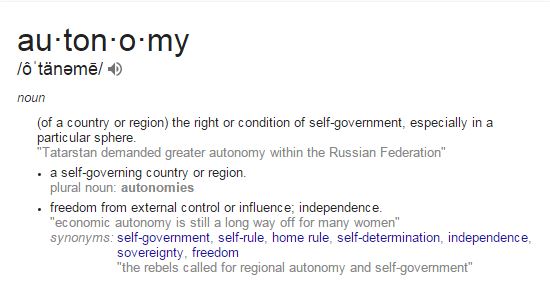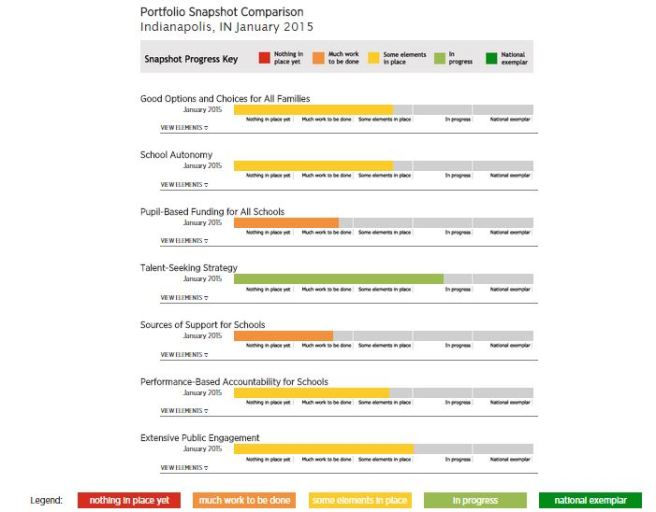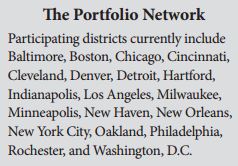I have heard it said that the purpose of education in IPS should ultimately result in one of the three E’s:
Enrollment
Enlistment
Employment
I want to offer three alternative E’s for your consideration:
Emancipation
Enlightenment
Empowerment
Let us consider the differences between education in different settings. The elite private schools of Indianapolis certainly don’t offer up “enrollment, enlistment, and employment” as the purposes for the education that they are offering their students. In fact, one website I visited included three C’s in their vision: curiosity, compassion, and courage. It is just me, or are there radically different connotations to each of those lists of words? Yep. Enrollment, enlistment, and employment should not be the end game here. Being enrolled, enlisted, or employed should be natural byproducts of an education that honors and inspires the whole child…a child who is:
EMANCIPATED: has realized that his current socioeconomic status and/or identity is not predictive of or limiting his future possibilities.
ENLIGHTENED: has been exposed to a wide variety of curricula, activities, and interests, can apply that information to her current circumstance, and is inspired to pursue further learning on topics of her choosing.
EMPOWERED: has realized that his locus of control lies within himself, takes his resources into account and knows when to use them, demonstrates responsibility and self-determination.
Allow me to offer a couple of scenarios for your consideration:
School A students wait outside or on the bus until the bell rings. Once allowed inside, they walk with bubbles in their mouths and their arms crossed in hallway hugs on the right side of the hallway, using the red tape line as a guide, with absolutely no talking. They arrive at their classroom, and are greeted by an under-appreciated, underpaid and overworked teacher, who (in some cases) loves them anyway, and are doing the absolute best they can despite the current conditions. School A student sits at their desk, quietly doing bell work. Their day consists of a math block, a reading block (typically with basal readers and pre-made worksheets), and Science or Social Studies if it’s in a grade where it’s tested on ISTEP, and when there is time in the day for it. The Indiana Academic Standards are posted on the wall so we always know which ones we are currently working on, and because there will be a test soon. There is always an upcoming test; quizzes, benchmarks, I-READS, I-STEPS. Student A gets gym twice a week, Music twice a week, and Art on a cart or library once a week. She gets the same lunch as everyone else, whether kindergarten or high school athlete. She sits down at the long cafeteria table, next to the kid in line according to alphabetical order. Sometimes she has to sit in silence with the lights out at lunch, while a stressed out adult yells at them through a microphone to be quiet. If she talks, she get after school detention.
A student from school B arrives at school early to go and speak with his favorite teacher before class starts. There are no bells, but student B knows when it’s time to head to homeroom because he can hear the happy chatter of students in the halls. Teachers throughout the halls are standing at their doors, smiling, and greeting students. Student B enters the classroom and gets ready for his discussion in circle time. He knows he will have to plan his day of learning, and his teacher guides him in planning to make choices throughout the day, such as where to sit, how to see the best in his (sometimes annoying) classmates, which books to read, which topics to write about, which centers to visit during math workshop. When his friend helps him to discover grouping pumpkin seeds by ten to count rather than counting by ones, his teacher notes his success and celebrates by asking the class to stop and watch his demonstration. At lunch, he sits outside in the spring air with a chosen group of friends but plans to visit the library during lunch tomorrow. In the afternoon, he has a disagreement with a peer that wouldn’t leave him alone. He had to set aside time to attend a peace mediation session with his teacher, and everything is back to normal now – which is great, because the best part of his day is going to the Environmental Club after school.
- What organizational differences in these two settings are creating such a vast gap in the learning experiences of students? What is the “work” culture of these two districts? What policies are in place to set these conditions? What role might standardized testing play? How might the concept of accountability be experienced differently in school A vs. school B?
- What do you think the adults in school A are doing differently than the adults in school B?
- Trick question: which school has the highest paid outside consultants? (Hint: it’s not the one you might think.)
- Which school offers more individual freedom? What are the consequences of allowing students to make authentic choices, both negative and positive? (dare I say it, student AUTONOMY?)
- How might the opportunity to make decisions in school affect a student’s learning…after all, isn’t LIFE about the ability for people to make sound decisions for themselves?
- Over 12 years of schooling, what cumulative effects can we expect on human lives? In other words, which set of three E’s is school A preparing students for? School B?
- Which school is designed to produce leaders and innovators? Which school is designed to produce worker bees? Does either school encourage the questioning of authority, or the status quo? Is this by design?
- Does student A DESERVE different treatment than student B, based on an ability to pay for a private school education? To what extent (if any) can a public school offer a private school education (or a semblance of it)?










